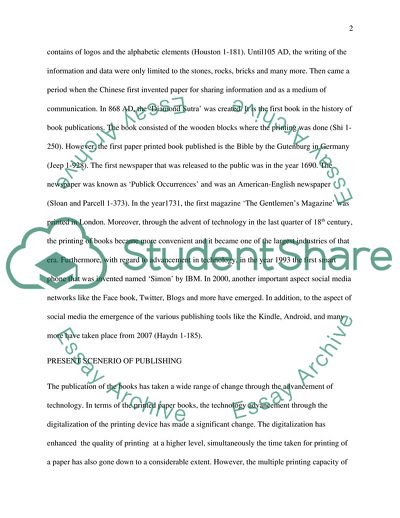Cite this document
(E-Book In Publishing Industry Essay Example | Topics and Well Written Essays - 3000 words, n.d.)
E-Book In Publishing Industry Essay Example | Topics and Well Written Essays - 3000 words. https://studentshare.org/information-technology/1840209-e-book-in-publishing-industry
E-Book In Publishing Industry Essay Example | Topics and Well Written Essays - 3000 words. https://studentshare.org/information-technology/1840209-e-book-in-publishing-industry
(E-Book In Publishing Industry Essay Example | Topics and Well Written Essays - 3000 Words)
E-Book In Publishing Industry Essay Example | Topics and Well Written Essays - 3000 Words. https://studentshare.org/information-technology/1840209-e-book-in-publishing-industry.
E-Book In Publishing Industry Essay Example | Topics and Well Written Essays - 3000 Words. https://studentshare.org/information-technology/1840209-e-book-in-publishing-industry.
“E-Book In Publishing Industry Essay Example | Topics and Well Written Essays - 3000 Words”. https://studentshare.org/information-technology/1840209-e-book-in-publishing-industry.


